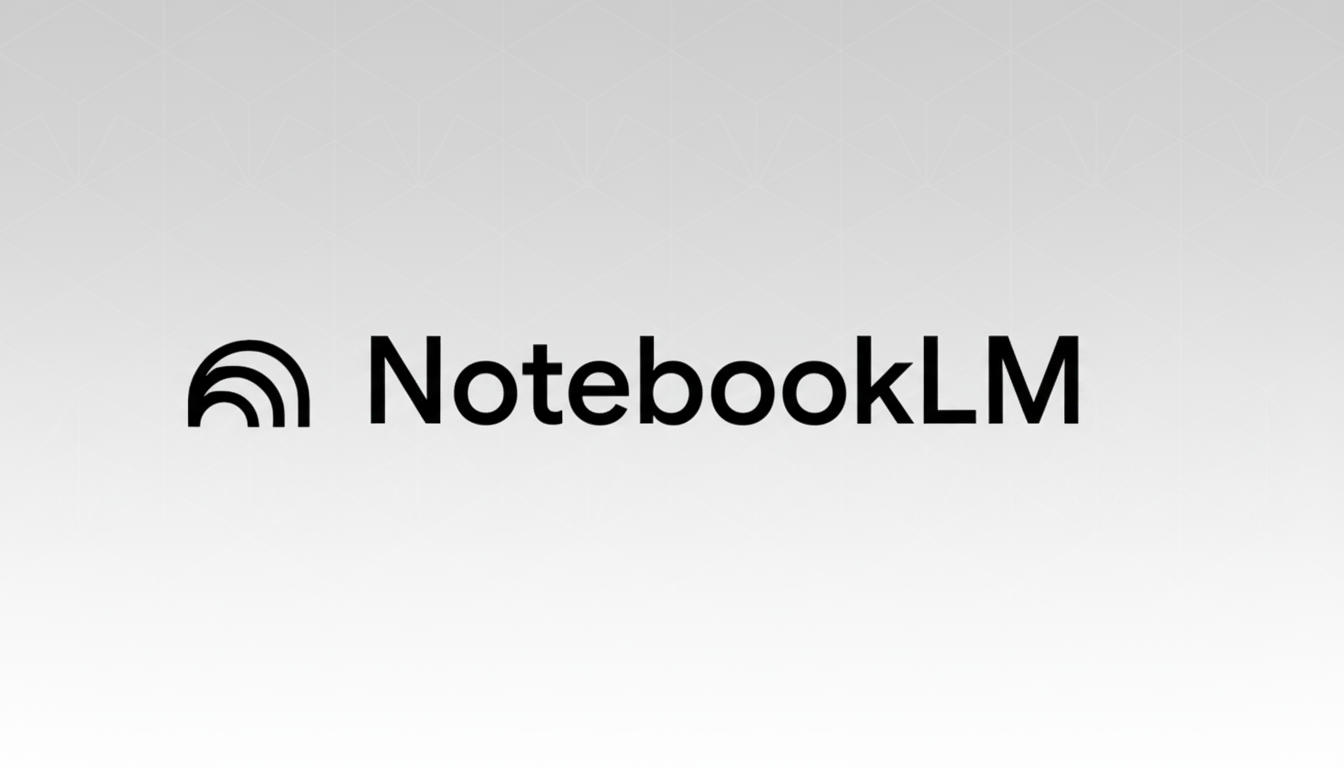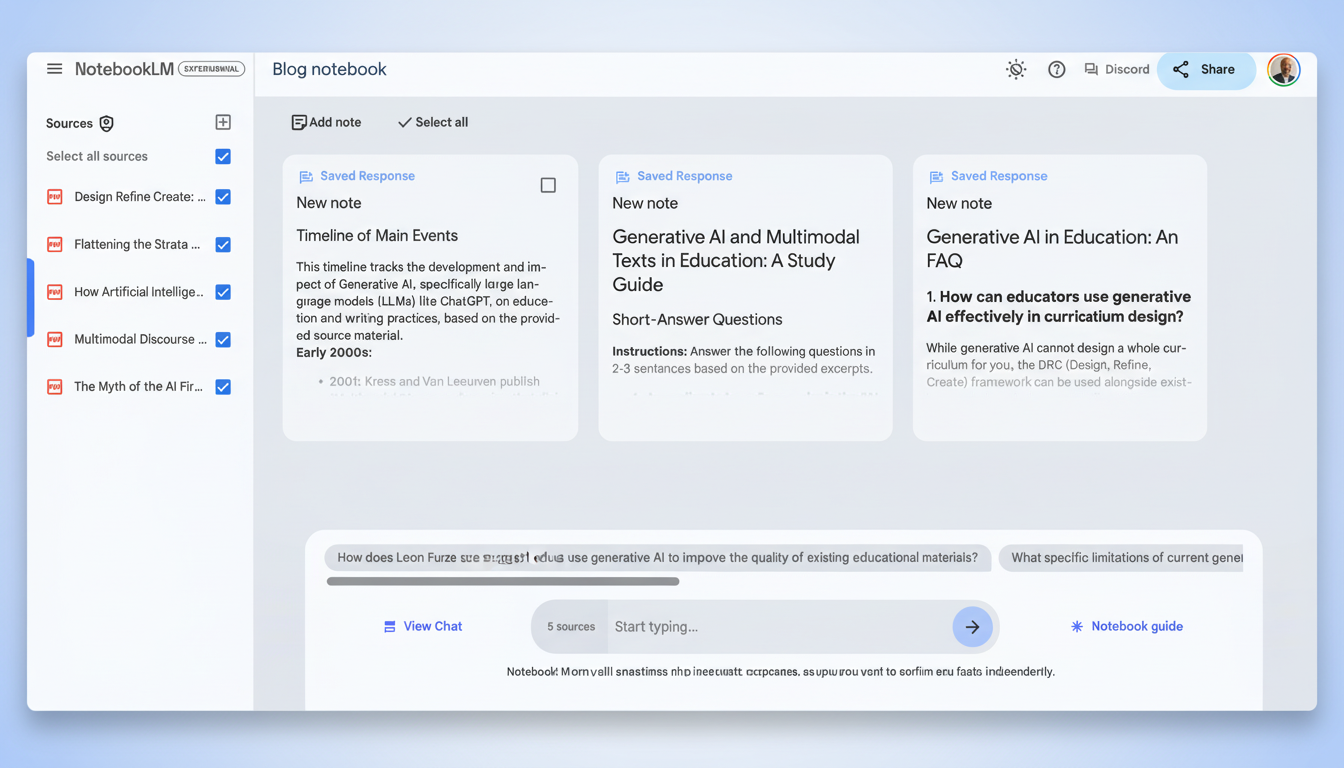Google is about to launch native Google Sheets help for NotebookLM, which may make data analysis quicker and more insightful for millions of users. The company’s official NotebookLM account confirmed that the capability is “coming very soon,” indicating an imminent change desired by millions of scientists, students, and analysts.
Sheets support arrives for data-heavy workflows
Users can currently import and analyze sources from Google Docs and Slides using NotebookLM. NotebookLM bridging the gap to Sheets — as well as the .XLS and .XLSX file formats — can be used for anyone who keeps their budget, experiment log, survey results, or sales data in spreadsheet format. For academic jobs, bringing structured tables straight into a notebook means one can ask simple questions, expose simple trends, and write complete thoughts in one location.

Imagine if you could upload a quarterly revenue sheet and ask the board to describe the quarter-to-quarter motion, highlight possibilities, and draft a board update. Alternatively, you can import your lab-results document, produce intelligible, accessible language interpretations of statistical trends, and make a strategies section of a method or a poster presentation.
What changes for free users with Sheets support
Today, native Sheets support is available to NotebookLM Plus customers — those subscribed via Google’s AI Plus or AI Pro plans. As a free-tier user you can reference spreadsheet data only by converting files to supported formats like PDF, Google Docs (.DOC or .DOCX), or Markdown before importing. This still feels a little unintuitive, as the only available workaround strips away the fidelity and flexibility that comes with true spreadsheet ingestion.
After the rollout lands, free users should be able to import Google Sheets and Excel files directly. This will shorten setup time and reduce the friction of maintaining multiple copies of the same dataset, a common source of version drift and confusion in collaborative environments.
Spreadsheets remain the backbone of day-to-day analysis across startups, schools, nonprofits, and enterprises alike. Analysts often use spreadsheets as the first and last mile of insight, even when a data warehouse or BI tool sits in the middle. By letting NotebookLM read tables in their native form, Google positions the tool closer to the actual workflow — not just the write-up after the fact. Expect common tasks to get easier:

- Creating executive-ready summaries from budget tabs
- Comparing monthly performance across categories
- Checking for missing values or anomalies before a presentation
- Turning dense CSV exports into readable takeaways
Pairing Sheets with sources like research PDFs or meeting notes inside the same notebook also enables cross-referencing, so that any set of conclusions can cite both quantitative tables and qualitative context.
Recent updates prepare NotebookLM for Sheets support
The timing aligns with a steady cadence of enhancements. Earlier this week, NotebookLM added a longer context window and conversation history inside notebooks, making it easier to build on prior work. At the same time, users can set personalized conversation styles to guide tone and depth, a crucial control when drafting narratives from numbers.
Those changes follow recent creative features like video overview styles — including playful, anime-inspired options — that turn research pieces into visual explainers. Together, these recent updates fill out the end-to-end workflow: import sources, analyze, converse, publish. Sheets support slots neatly into the “analyze” phase, where most teams spend their time.
What to watch next on the NotebookLM Sheets rollout
Google hasn’t shared an exact release date, but “very soon” phrasing often implies a staged rollout, usually debuting in English first as with prior NotebookLM updates. Most crucially, look out for notes on the official NotebookLM channels, as well as any file size or cell count constraints that may apply to the launch.
For now, Plus subscribers can keep using the current Sheets integration, and everyone can get their critical spreadsheets’ top-level organization ready for quick addition once Sheets support lands. If NotebookLM can handle tables half as well as Docs and Slides, many people can see it quickly becoming one of their most-used tools for transforming raw rows and columns into clear, actionable outcomes.

